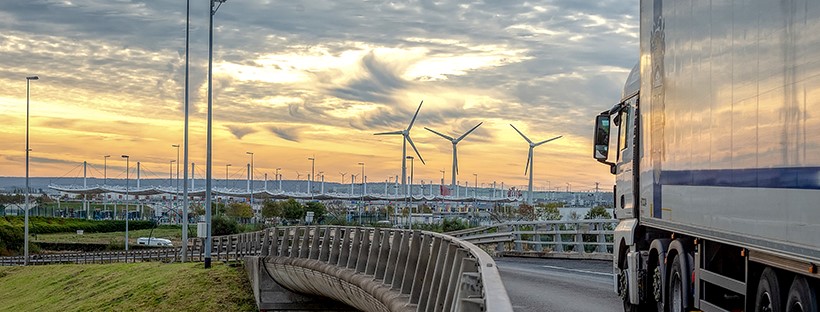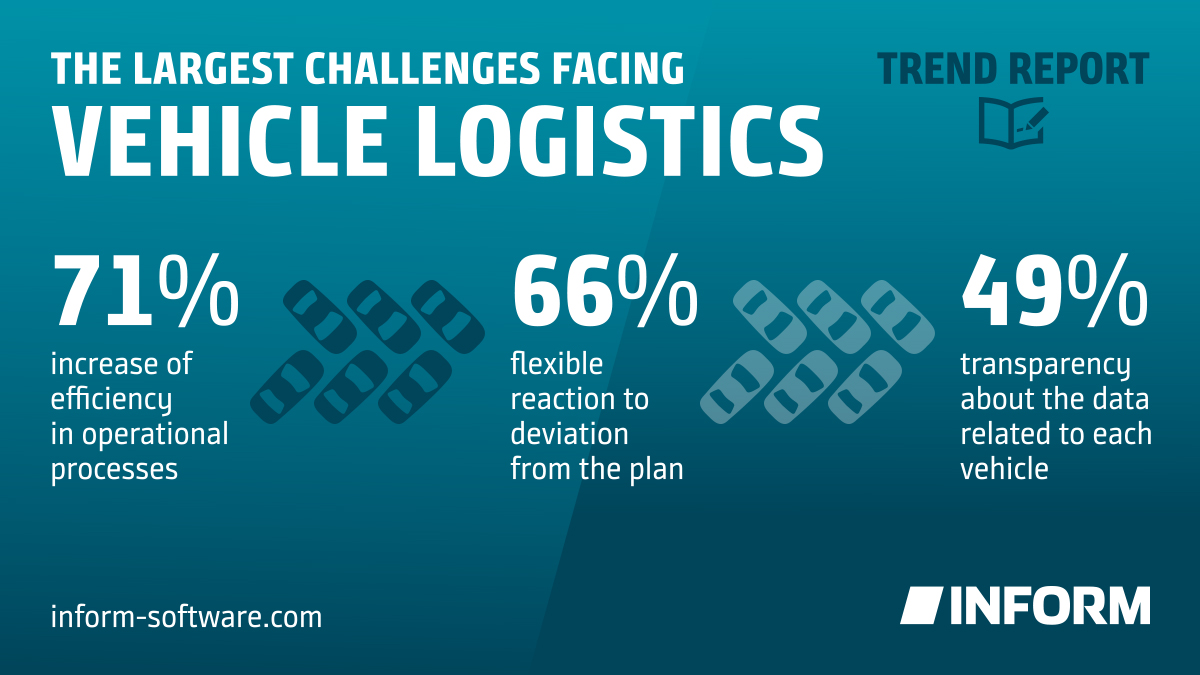LeShuttle Freight, providing a fast and low carbon way route to transport goods between Britain and continental Europe through the Channel Tunnel, announces a milestone as its 35 millionth truck crossed the Channel aboard its shuttle on Wednesday 13th March 2024.
The 35 millionth truck belongs to Ontime Capitrans, one of Spain’s largest transporters of temperature-controlled goods throughout Europe. Ontime Capitrans has been a LeShuttle Freight customer for over 25 years, supplying refrigerated goods to some of the UK’s leading supermarket chains. The driver, Luis Vitervo Panches has been driving for 36 years and has crossed the Channel with LeShuttle Freight over 1000 times.
Since 1994, more than 750 million tonnes of goods have been transported via the tunnel aboard one of the 15 Truck Shuttles. LeShuttle Freight is a vital link in the global supply chain and carries 25% of the goods exchanged between the UK and continental Europe thanks to the speed, ease and flexibility of its service with up to 6 departures per hour. At 800m long, each Truck Shuttle can carry up to 32 trucks for the 35-minute journey between Folkestone to Calais.
Spain is a key trading partner for the UK; in 2023, £29 billion of goods were traded between the UK and Spain. Overall, 16% of the total trade between UK and Spain was facilitated by The Channel Tunnel, making this a critical route to market for Spain’s fresh produce exports. With between 15-20% of LeShuttle Freight traffic from Spain and Portugal, the Iberia region is one of the largest trade contributors along Germany, Eastern Europe and BeNeLux.
As a leader in increasing fluidity through innovation, LeShuttle Freight has introduced FIRST, a distinctive new service for freight customers looking for additional time savings and dedicated support on their Channel crossings. In addition, to enhance the Short Strait crossing for both hauliers and drivers, LeShuttle Freight introduced a Driver Info web app to provide customised information such as departure and arrival times, club car number and customs status linked to a vehicle registration number to drivers. The tool is also used to communicate important safety instructions and operational procedures to ensure that drivers have a smooth experience at every step of their journey. It also enables access to the loyalty programme dedicated solely to drivers.
35 millionth truck
Deborah Merrens, Chief Commercial Director at LeShuttle said: “This milestone is one we’re incredibly proud of and we want to thank our customers for their continued support. At LeShuttle Freight, we focus on better understanding the needs of our customers – hauliers and drivers – to offer them dedicated services from smart border crossing procedures to enhanced driver experience onboard our shuttles and on our premises. This was reflected in an improved satisfaction score last year and we’re looking forward to hitting our next milestone very soon… watch this space!”
Agustin Lison, FTL International Operations Manager at Ontime Capitrans, said: “We’ve been using LeShuttle Freight for 25 years due to the speed and ease of use of the service. It is the quickest and most efficient way we can deliver our fresh goods to the British consumers and the smart border solutions provided by LeShuttle Freight help us to ensure a smooth and fast crossing.”
read more
The Channel Tunnel Fixed Link jointly protected by the two States











